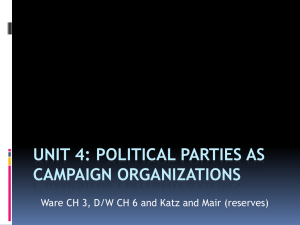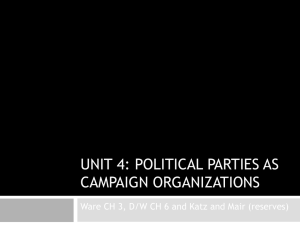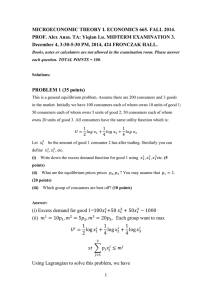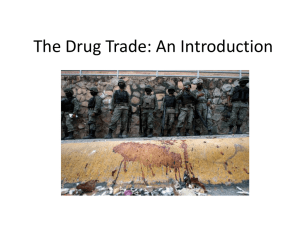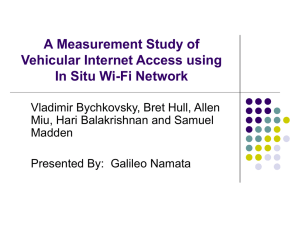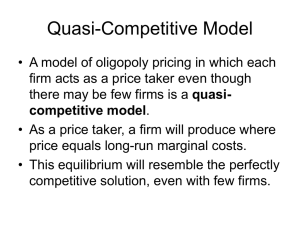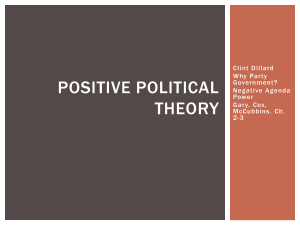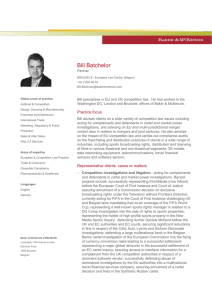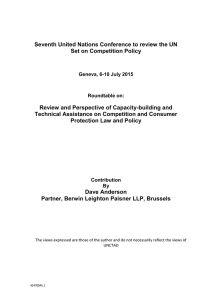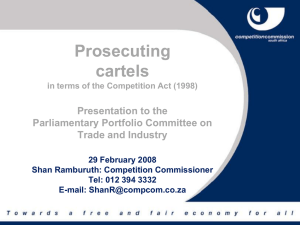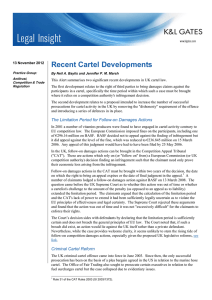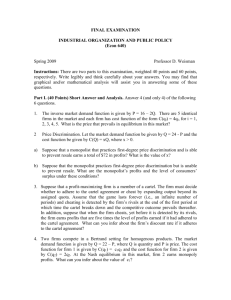On Party Organization
advertisement
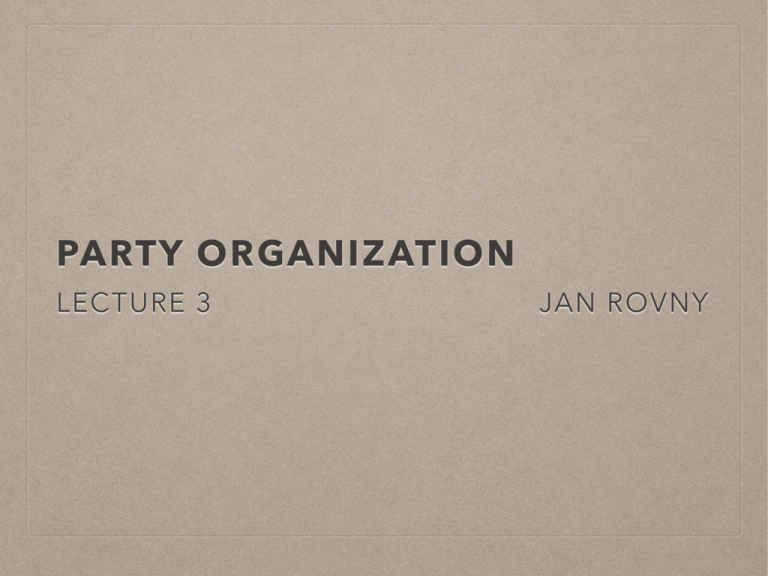
PARTY ORGANIZATION LECTURE 3 JAN ROVNY CADRE PARTY • Quality over Quantity • restricted to select few members • made up of influential, connected persons. • organized in closed caucuses in localities • weak extra-parliamentary organization • financed by few larger contributions MASS PARTY (DUVERGER 1954) • Parties of social integration • Based on a pre-defined social class • Typified by socialist parties • Meed of membership “without members a mass party is like a teacher without pupils” (Duverger p.41) • Finance based on membership • Program is an ideologically coherent whole MASS PARTY • Program is an ideologically coherent whole • Popular involvement is normatively legitimate • Centrality of direct popular involvement • Supremacy of extraparliamentary party organization CATCH-ALL PARTY (KISCHHEIMER 1966) • Erosion of traditional social boundaries in 1950s and 60s • Economic growth and welfare state facilitate less partisan programs • Mass communication CATCH-ALL PARTY • Professionalization of mass party • Limited ideology in favor of general appeal • Leaders rather than programs • Voters as consumers • Electoral behavior based on choice, not predispositions DECLINE OF PARTIES? • ‘Catch-all party’ seems as an oxymoron. • Loss of linkage between society and party • Expected to lead to party decline and rise of candidate-based politics SOCIETY-PARTY-STATE • • Parties traditionally understood as linkages between society and state • Mass party = society in politics • Catch-all party influences state from outside, seeking temporary custody of policy There is no continuous separation of party-statesociety STAGES OF PARTY DEVELOPMENT (KATZ AND MAIR 1995) • 1) Cadre party: narrow elite (social) interests coincide with state • 2) Mass party: responds to narrow cadre elite. Party stands between society and state (classical conception of democracy) • 3) Catch-all model as response to mass party CARTEL PARTY (KATZ AND MAIR 1995) • • Parties connect to the state • Politics is more about specific issues than ideologies • Membership insufficient for financing • Turn to state for financing • Formal rules of media access Parties use the state to ensure their own survival CARTEL DEMOCRACY (KATZ AND MAIR 1995) • Prior models assumed alternation in office • In cartel model no one is definitely out • Programs are increasingly close • Limits of election outcomes affecting government actions • Difficult for voters to punish parties POLITICAL ENTREPRENEUR PARTIES • Challenge the established cartel • Generate resources from private sector • Associated with interests, firms • Focus on media control • Weak organization, strong communication • Flexible ideological orientation CRITIQUE OF THE CARTEL THESIS (KOOLE 1996) • Conceptual critique: • Cartel is a system level characteristic, why apply it to parties? • State and society as a distinction? • Are cartels new? • Are cartel parties successful? FAILURE OF CARTELS (KROUWEL 2013) • Few cartel parties have emerged, but not many. Why? • 1) Cartel requires party coordination and exclusion • 2) Outsider parties appeal to ignored sections of electorate • 3) Overestimation of the power of the state • 4) Limits of state resources to support cartel • 5) Weakening of major parties (Christ dem and Soc Dem) RADICAL OPPOSITION PARTIES • Radical right • Radical left • New parties • Pirates • Anti-system movements
